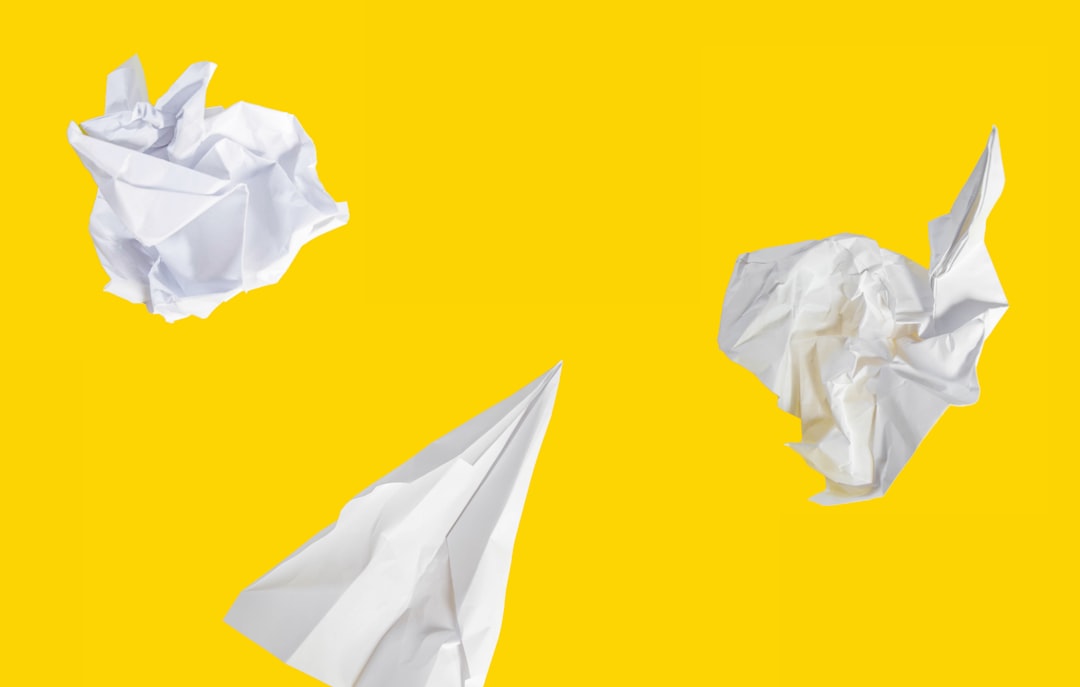73 utenti della rete avevano questa curiosità: Spiegami How does wind work?
As in the weather not the gas. Thank you!
Ed ecco le risposte:
In general terms different materials behave differently when the sun heats them up. Some reflects away most of the light, some absorb the light and release it as heat into the air and some slowly heats up and releases the heat to the air even long after the sun have gone down. This means that the air on the surface of the Earth gets heated unevenly. And when the air gets heated up it becomes less dense and floats up. This creates a low pressure region where surounding air that is cooler and therefore less dense will get pushed into to replace the hot air. And this movement of air from cold high pressure regions to hot low pressure regions is what causes the winds. Of course the real world is a lot more chaotic and there are lots of effects both on local and global levels which dominate the weather. But this is the basic principle.
Imagine two rooms that are connected by a hallway. The “high pressure” room has 2000 people packed into it, and they are running around. The “low pressure” room has 3 people in it and they are lethargically crawling. The people in each room are randomly moving around. On average, more people from the high pressure room move into the hallway (and into the low pressure room) than the other direction.
The people are air molecules, and “wind” is air molecules moving from the high pressure area to the low pressure area.
(Also, while the people are trying to move down the hallway, the rooms get mounted on merry-go-round, so the people feel like they keep on getting pushed sideways. That means that it takes a long time to actually go from the crowded room to the less crowded room, but that’s the answer to a different question)
You know how when you’re blowing air out of your mouth you have to “push”? That’s you creating a higher pressure than the air surrounding you. That’s what wind is. Air moving from a high pressure zone to a low pressure zone.
Now for how this occurs in the real world:
Just like us when we get hot, air particles don’t like being so close together when it’s hot so they give each other some space. There’s still the same amount of air, but it’s occupying more physical space so this means the air pressure is lowered (it’s less crowded). The opposite is also true. Again just like us, air that’s colder likes to get in closer together. Now they’re occupying less physical space while still being the same amount, so the pressure is higher (it’s more crowded).
Now, because the earth has different types of surfaces (deserts, forests, lakes, oceans, …) and they all absorb and release heat faster or slower than each other means that the air in different parts of the world are different temperatures. This means that there’s high pressure zones and low pressure zones scattered around the world. So now we’ve got all those different zones of pressure, remember that we said that air likes to move from a high pressure to a low pressure zone (you don’t like crowded spaces either, right?). Now all of a sudden, we’ve got air moving! And what was air moving from high to low pressure? That’s right, that’s wind.
The simplest way I can put it is temperature differences, which is caused by pressure differences. Colder areas have more air pressure, causing the air from those places to rush to warmer areas, thus creating a cold gust of wind.
The sun heats up the air. Hot things rise. Wind is the air fulling up the space left when the hot air rises.

